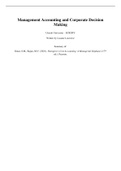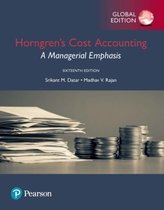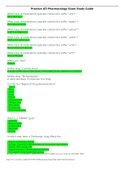Summary
ECB2FIV - Management Accounting and Corporate Decision Making - Midterm summary
- Course
- Institution
- Book
A detailed summary of all the relevant theory needed for the midterm. Based on the book and the lecture slides. Note: this is a summary of the *theory* needed to understand the questions of the midterm. This summary does not include any worked out exercises.
[Show more]






